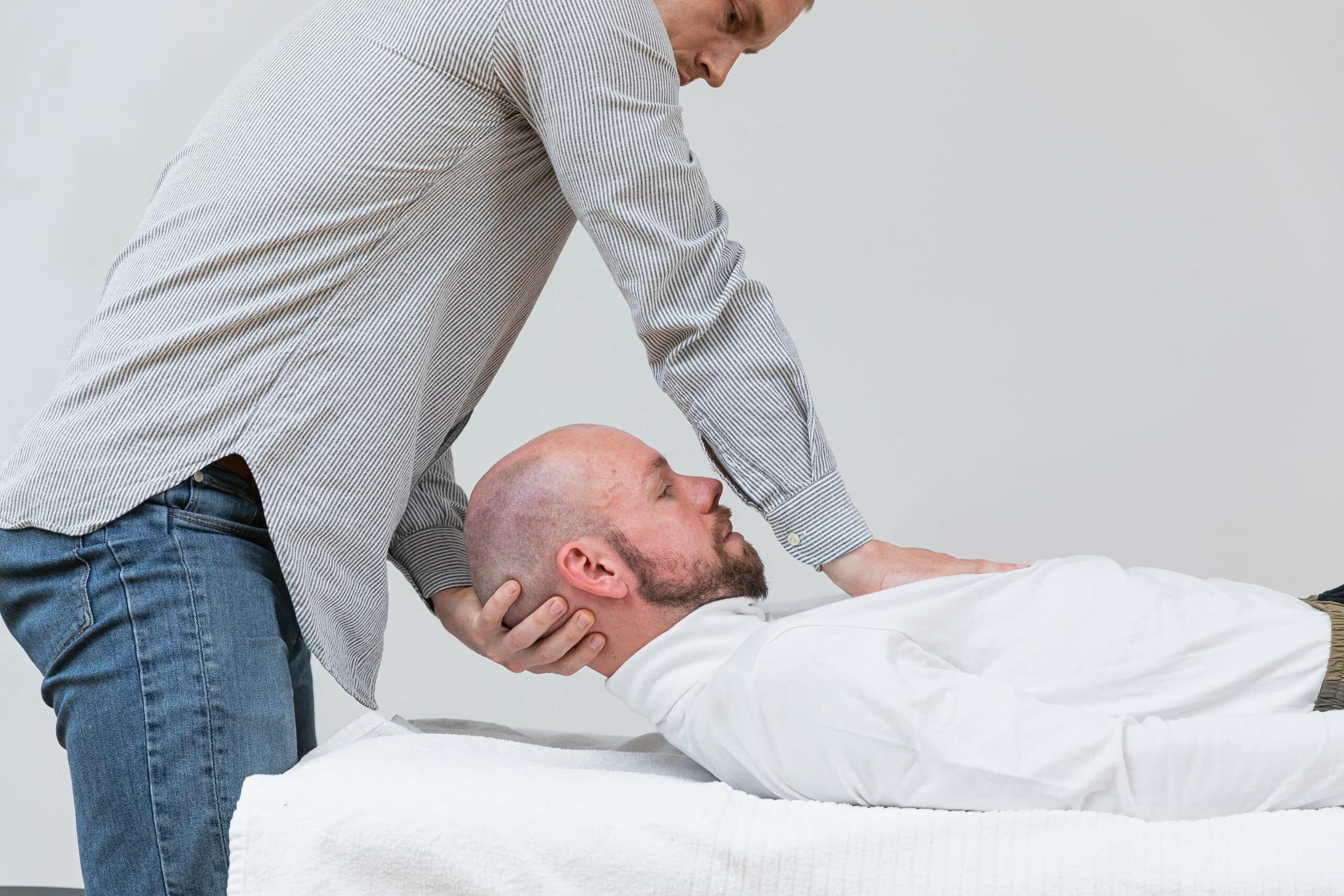We offer
Gynecological treatment
What is gynecological treatment, also known as GynObs?
What is GynObs treatment?
This treatment is provided exclusively by women.
GynObs is a combination of gynecology and obstetrics. Gynecology focuses on conditions related to the female reproductive organs, including the vaginal opening, vagina, cervix, uterus, fallopian tubes, and ovaries. Obstetrics deals with pregnancy and childbirth. In the context of osteopathy and GynObs treatment, the focus is on tissue, blood vessels, and nerves connected to the female reproductive system. Treatment typically begins with external techniques. If that is not sufficient, internal techniques may be used, either vaginally or rectally.
GynObs and pelvic pain
GynObs treatment focuses on addressing conditions related to the organs located within the pelvic region.
From a mechanical standpoint, the pelvic organs are attached to the pelvic bones. Nerve supply and blood circulation are closely connected between the pelvis and the pelvic organs, including the reproductive organs.
This means that dysfunction in the reproductive organs, which can be treated through GynObs methods, may be the underlying cause of pelvic pain.
GynObs and tailbone pain
Pain in the tailbone, also known as coccydynia, is often the result of trauma or a fall directly onto the area. However, tailbone pain can also occur without any known trauma. The coccyx connects to the sacrum as a small joint that must remain mobile. Its primary movements are flexion and extension, though some side bending is also possible. In cases of trauma, such as falling onto the tailbone, the coccyx may shift slightly forward or backward in relation to the sacrum.
Structures and organs in the lower pelvis, including the bladder, vagina, uterus, prostate, rectum, ligaments, and pelvic floor muscles, are all functionally related to the tailbone.
In cases where other treatments have not provided relief, internal GynObs treatment may be a meaningful option to address tailbone-related pain.

GynObs and pelvic pain
Adhesions or reduced tissue mobility can occur in many areas of the body. You can imagine the body as a network of layers that must be able to move freely against one another. For example, the uterus needs to move within the pelvis in relation to surrounding organs during the menstrual cycle and pregnancy. Similarly, the vaginal opening and vagina must remain mobile during penetration.
Pelvic pain may develop when mobility is reduced or when adhesions form between different moving structures. Adhesions typically arise after surgery, trauma, or infection. They form as part of the body’s natural inflammatory response during tissue healing.
When adhesions are present, pelvic pain may occur during menstruation or penetration.
GynObs and incontinence
To treat incontinence effectively, it is essential to understand the underlying causes.
- Urinary incontinence refers to involuntary urination. There can be several causes, but in women, it is typically divided into two main categories: stress incontinence and urge incontinence.
- Stress incontinence occurs when the muscles responsible for controlling and closing off urination are not functioning properly, which may result in urine leakage.
- Urge incontinence involves a sudden, intense urge to urinate, where the bladder reflex is not properly controlled, leading to involuntary leakage.
The bladder’s position in the pelvis means it rests on top of the pelvic floor while also being located beneath the peritoneum, which surrounds the abdominal organs. It is supported from above by ligaments and from the sides by connective tissue attached to the pelvic bones. Additional ligaments connect the bladder to the pubic bone and toward the back.

Possible causes of incontinence include:
- Urinary tract infections that have caused inflammation or possible scar tissue, reducing mobility around the bladder or urethra. This can interfere with nerve signals related to bladder fullness.
- Insufficient function of the pelvic floor muscles, possibly due to pregnancy, childbirth, trauma, or age-related changes.
- Neurological conditions such as Parkinson’s disease or multiple sclerosis, which are often associated with bladder dysfunction.
- Use of diuretic medication.
- Constipation.
- Changes in the urethral lining, often seen after menopause.
GynObs treatment aims to identify the specific contributing factors for each individual.
Based on the findings, treatment may focus on mobilizing scar tissue or movement restrictions in the tissue surrounding the bladder, urethra, or pelvic floor using either external or internal techniques.
Neurologically, the bladder is controlled by the lower thoracic spine, the upper lumbar spine, and the sacrum. These regions are examined and, if needed, treated along with the pudendal nerve, which controls the external urethral sphincter. Ligaments are also assessed and treated to ensure proper mobility around the bladder and urethra.
What can GynObs treat? GynObs and osteopathy
Osteopathic GynObs treatment focuses primarily on tissue mobility. In the context of osteopathy and gynecology, where the focus is on the female reproductive organs, GynObs treatment may be used to help address the following conditions:
- Pelvic pain
- Menstrual pain
- Incontinence
- Post-infection discomfort after bladder infections
- Vulvodynia, where osteopathy can address nerve innervation
- Dyspareunia, pain during sex or penetration
- Scar tissue related to endometriosis
- Movement restrictions following inflammation, menstrual pain, infertility, back pain, or abdominal pain
Osteopathy and obstetrics also focus on supporting the mother during pregnancy.
Pregnancy brings major changes to the body that it must adapt to. If the body struggles to adjust, this may lead to functional pain.
In short, the body must be able to adapt to the changes brought on by pregnancy. When it cannot do so effectively, movement restrictions and pain during pregnancy are often the result.

How does a gynecological treatment take place?
After an initial conversation and examination, the issue is assessed on an individual basis. In many cases, treatment begins with external techniques, meaning techniques performed outside the body.
If external treatment is not effective, internal techniques may be considered following further discussion. These techniques may be applied vaginally or rectally. Internal techniques are only used with the patient’s clear consent.
Before a gynecological session, you are kindly asked to bring one towel to lie on and a large towel to cover yourself with.
What is the purpose of GynObs treatment?
- To support the body during pregnancy and childbirth. Some experience lower back or pelvic pain, while others may deal with leg cramps, heartburn, or constipation.
- To create more space for the baby in the womb.
- To reduce the risk of injury to mother or baby during birth by ensuring mobility around the pelvic floor and tailbone.
- To help the body recover after childbirth, regardless of whether it was a natural delivery or a cesarean section.
Where do we offer GynObs treatment?
Our team includes practitioners trained in GynObs therapy who offer treatment at multiple locations.
Why choose GynObs treatment?
Treatment typically begins with external techniques, applied outside the body. If that does not provide sufficient relief, GynObs treatment may be considered as an option. This allows us to address the muscles around the pelvic area, reproductive organs, tailbone, and nerve tissue that cannot be treated manually through external approaches.

Which conditions do we see most often?
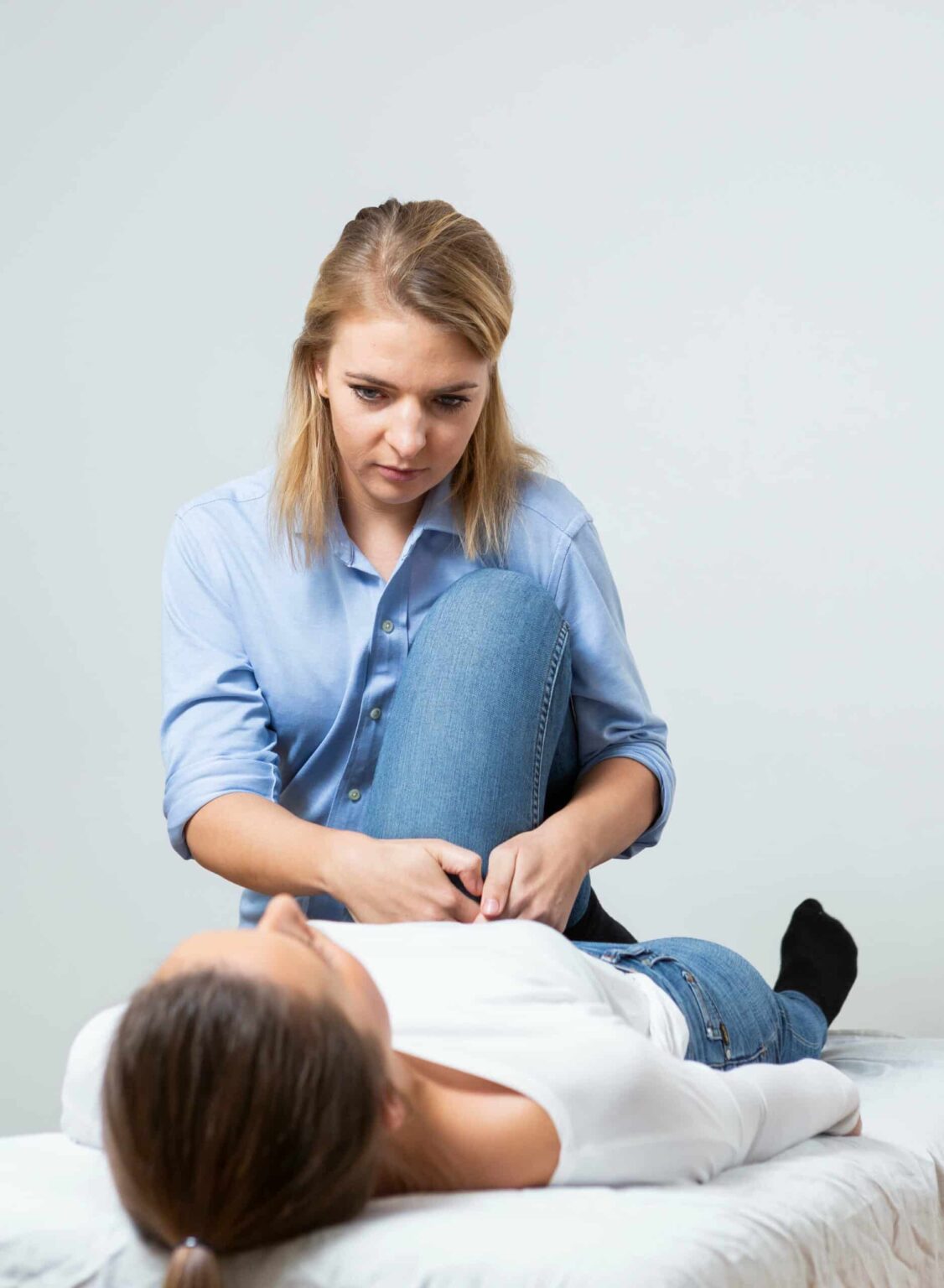
Endometriosis
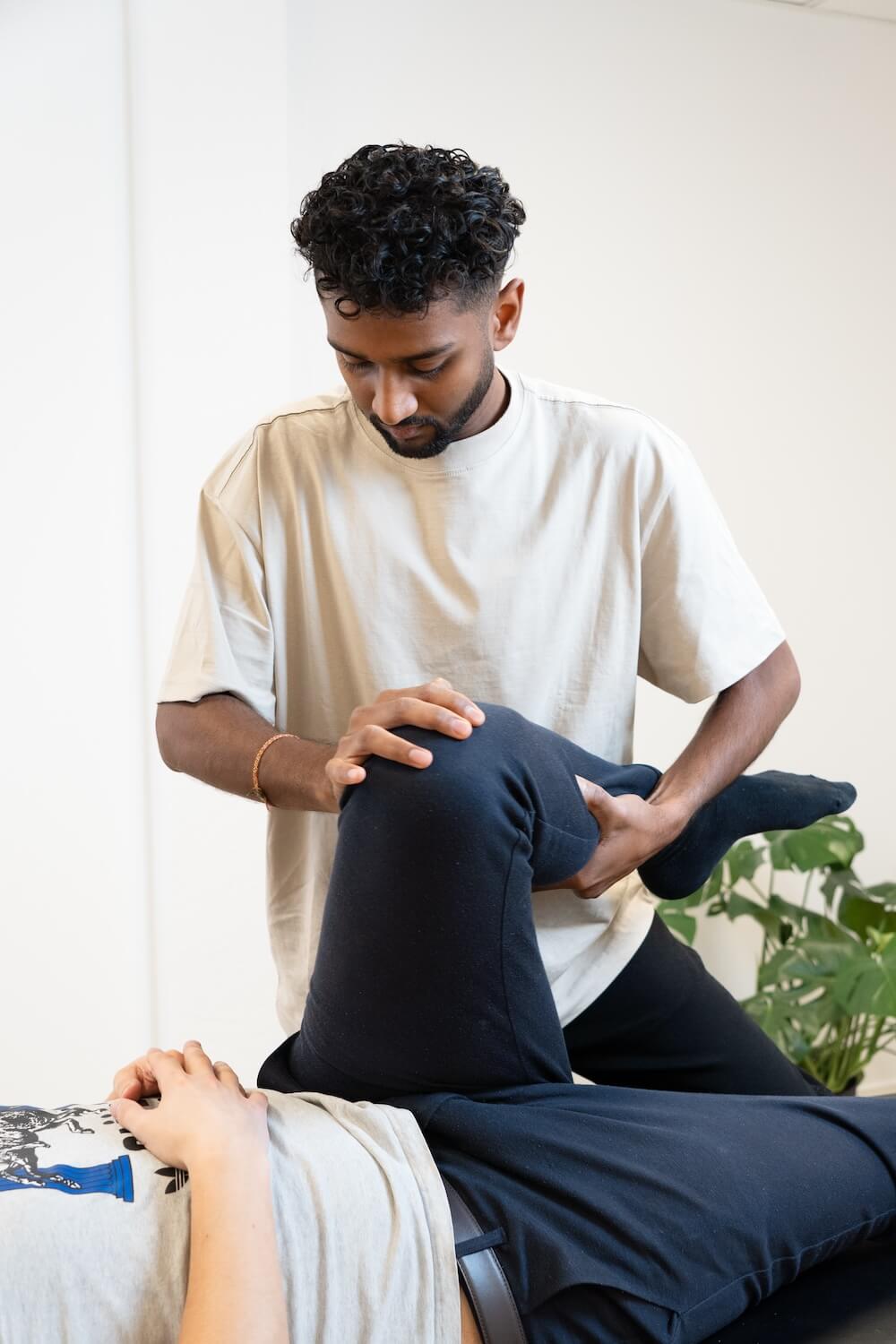
Baker’s Cyst
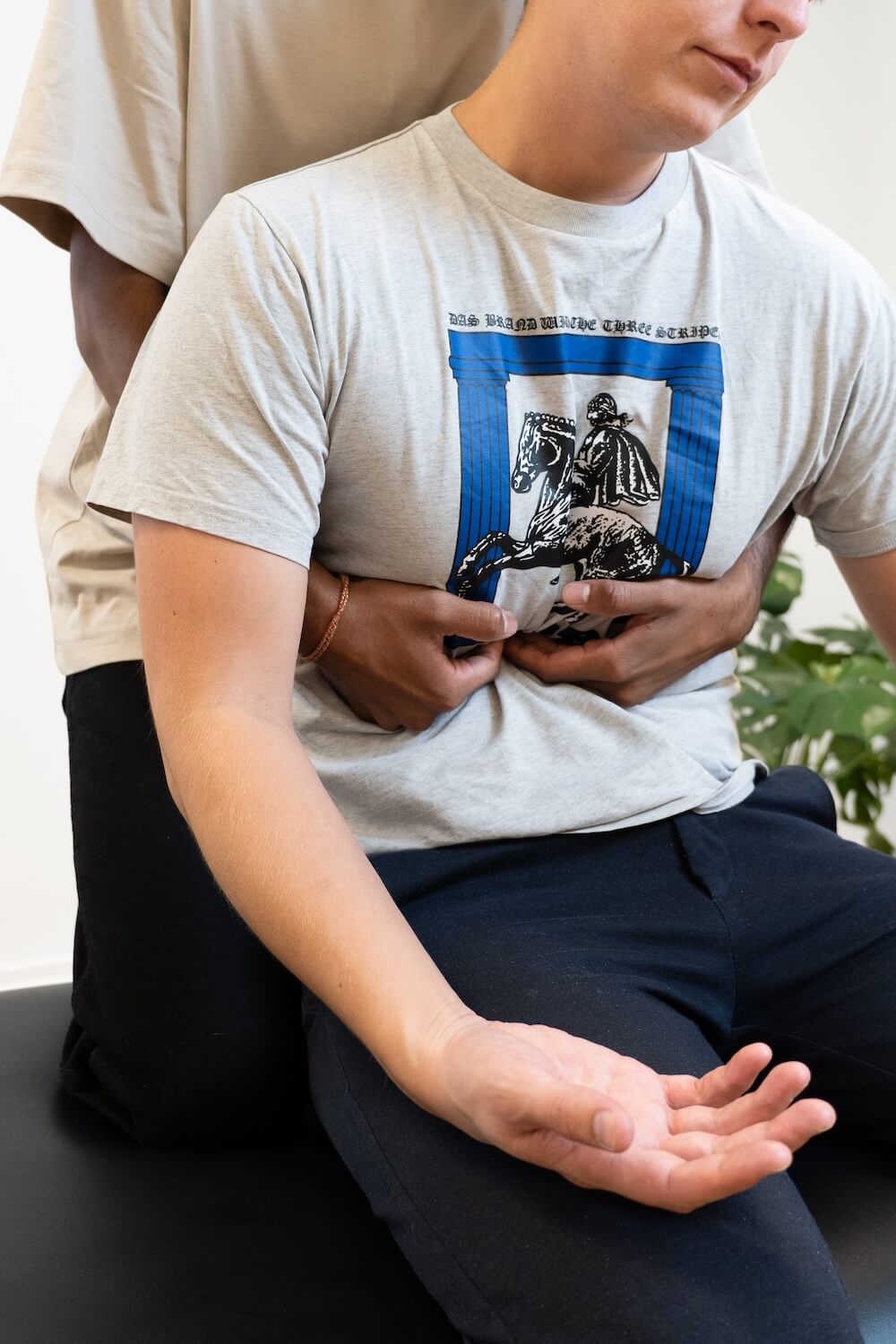
Bloated stomach
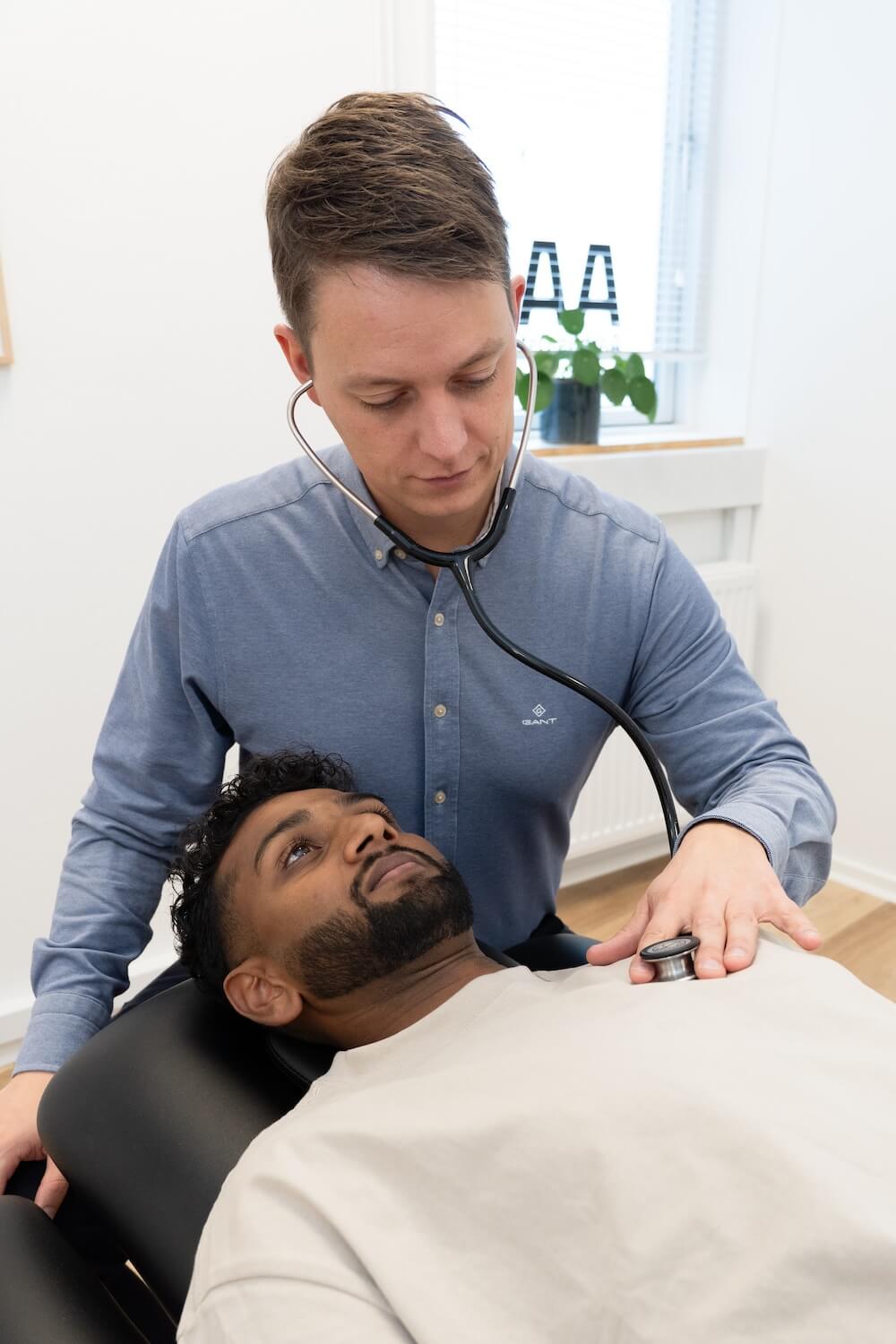
Diabetes mellitus
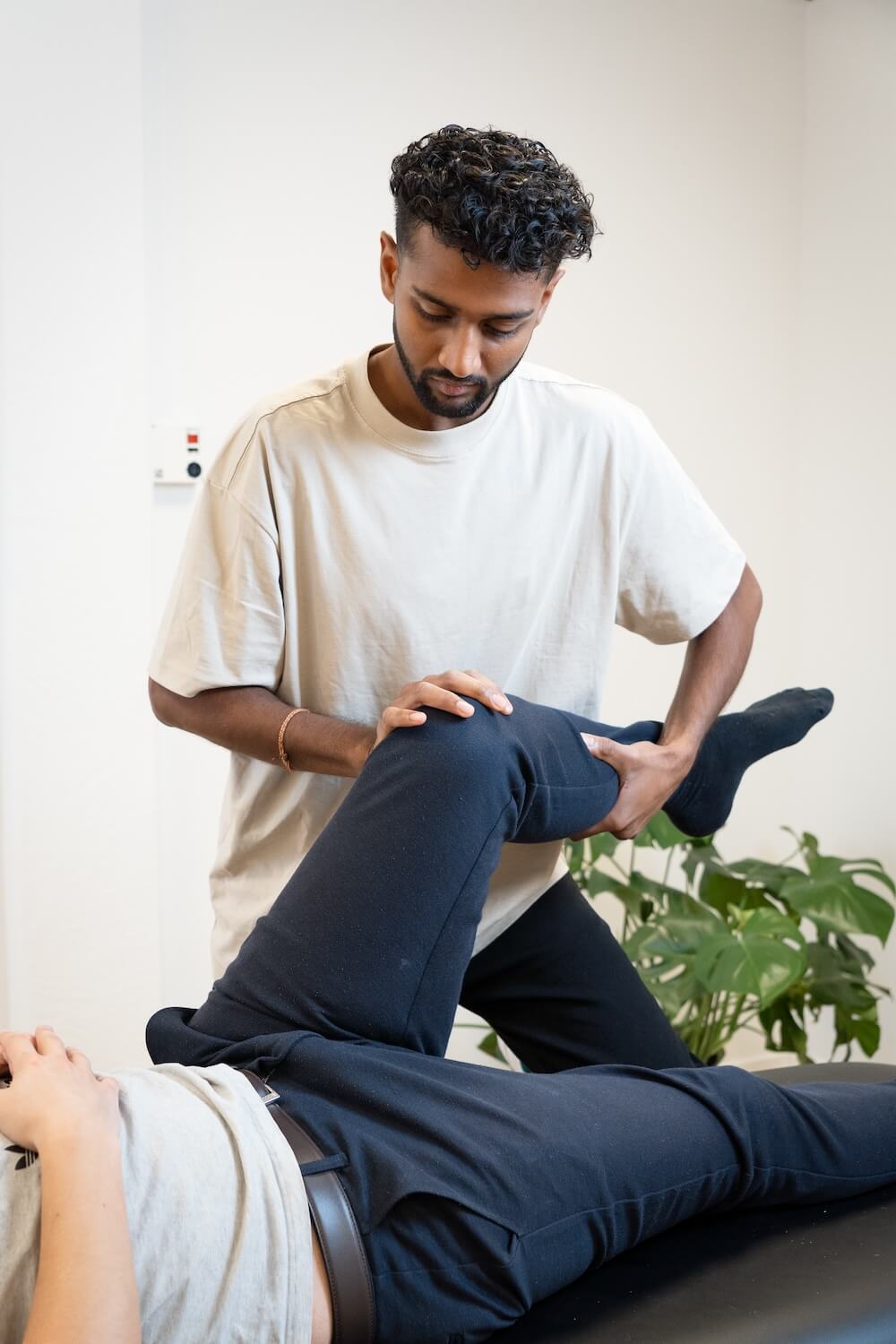
Hip impingement
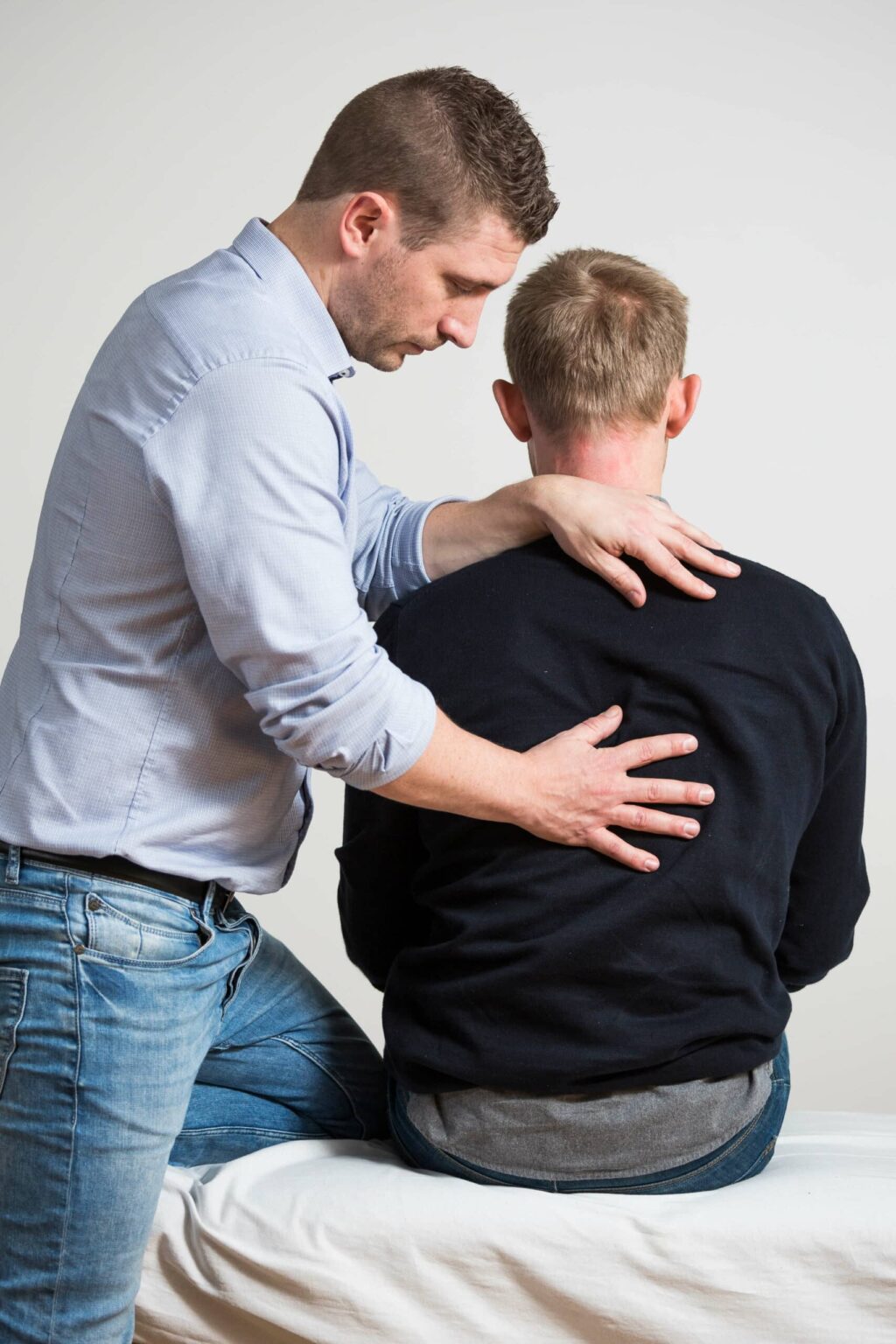
Modic Changes
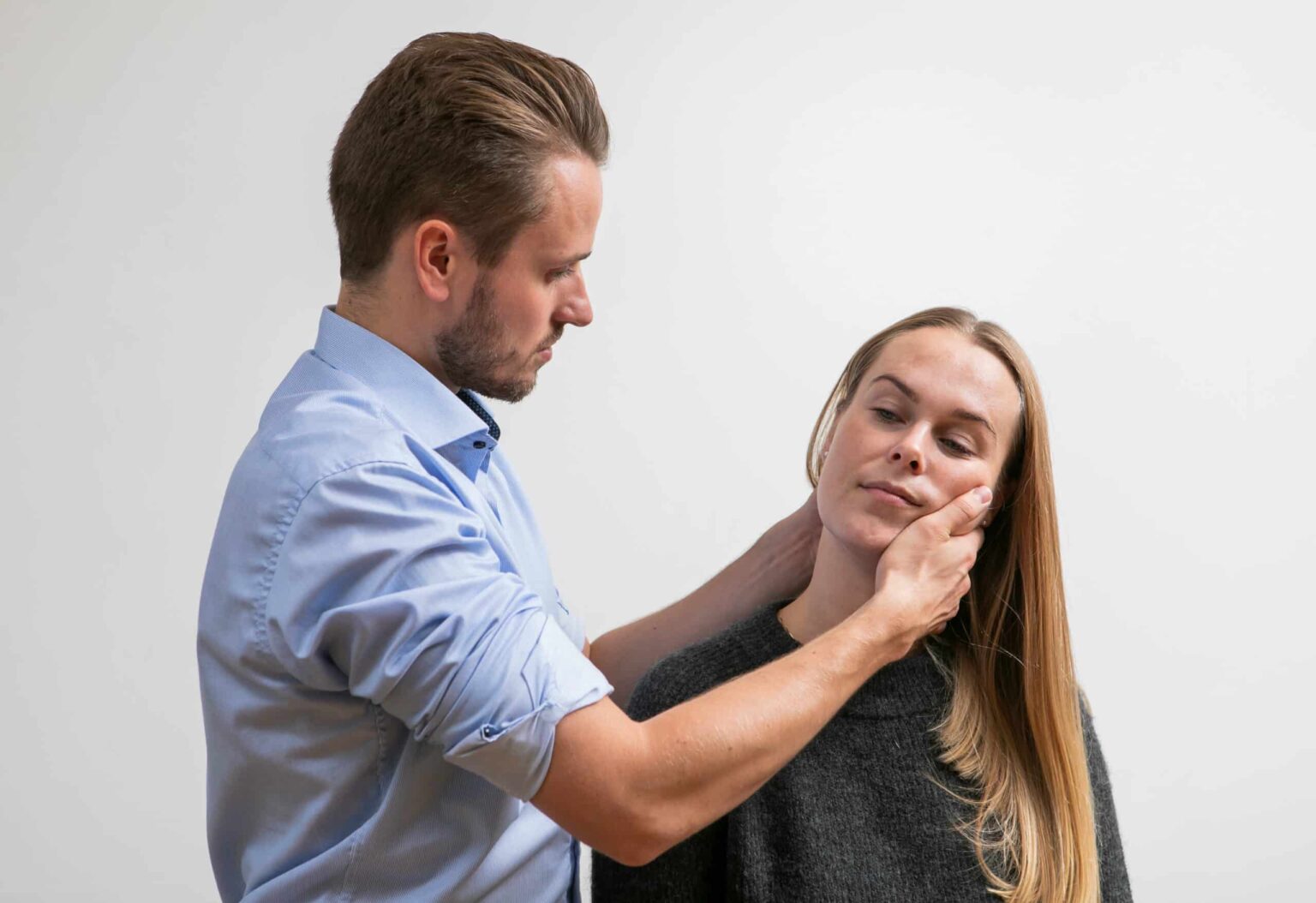
Headache
